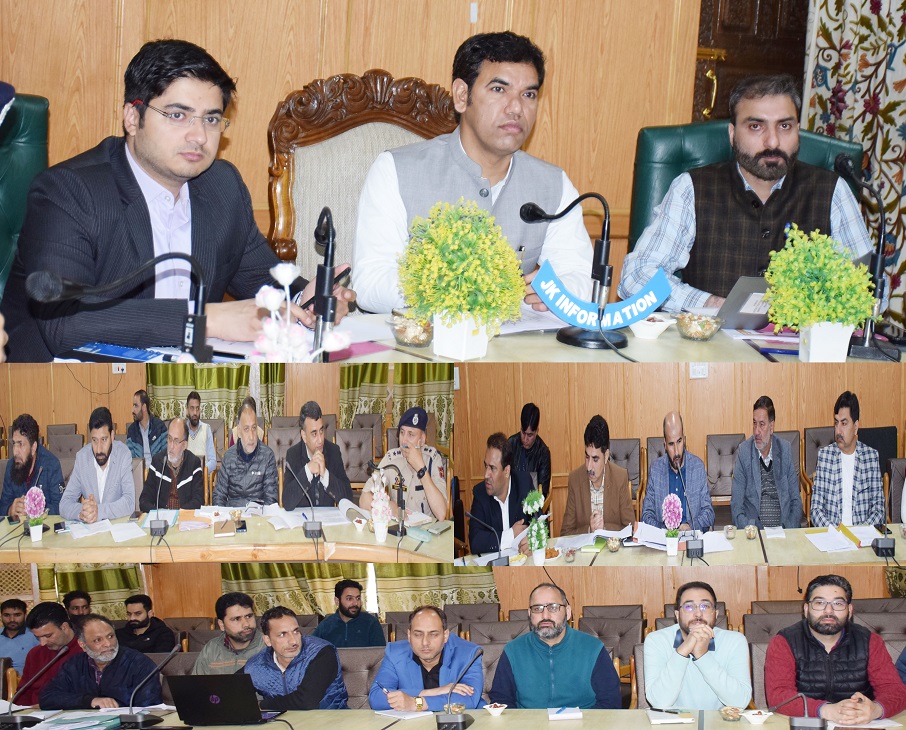Starting a drive against child labour in the Chadoora and Charar-I-Sharief areas on International Labour Day, the District child Protection Unit (DCPCU) and Child Welfare Committee (CWC) of Budgam rescued atleast 20 children who were working as labourers in different commercial enterprises. This is a welcome move but still much needs to be done from the Government to eradicate child labour in the valley. Child labour is a global problem affecting millions of children all over the world. There are multitude of factors responsible for this menace and they keep on changing with the passage of time. Child labour exploits children and is considered as a violation of their fundamental human rights. The consequences of child labour are far and wide affecting overall development of the children and in many cases leads to permanent psychological and physical damage. Reportedly, there are over 2.5 lakh child labourers in Kashmir only. Large scale unemployment and loss of jobs have a direct bearing on child labour as younger age groups are forced into employment. The legal tool ‘Child Labour Act’ has not proved effective so far in curbing child labour. Child labour law does not bear fruit mostly because of children being engaged or employed in the unorganized or informal sector. Many non-hazardous family enterprises do qualify and fall under this sector, meaning that there is legitimacy provided and immunity granted to child labour in such enterprises. At the same time education is considered as potential means to fight child labour. By making education free and compulsory from 6 years to 14 years, there is still some hope left. But both the labour law and compulsory education have been failing in their implementation. While the labour department may claim of acting according to the script, the ground reality presents a different picture, particularly in the informal sector. Children are forced into labour and they work as domestic helps, bus conductors, in motor garages and workshops, in weaving factoring and as street vendors. On one hand family compulsions which can be linked to massive unemployment and deteriorated state of economy have become inevitable factors leading to a rise in child labour and on the other hand poor implementation of laws have dampened the fight against child labour. While institutions may need an overhaul but it is the legal framework that needs a revisit. According to estimates, children make up nearly one-third of the world’s population. There is an urgent need of better legal tools and institutional commitment to thrust a positive change against child labour. Civil society can play an important role by creating awareness among the people against child labour. Practice of child labour is still prevalent in our society and stringent efforts are needed to thwart this menace.
Drive against child labour

Sign Up For Daily Newsletter
Be keep up! Get the latest breaking news delivered straight to your inbox.
By signing up, you agree to our Terms of Use and acknowledge the data practices in our Privacy Policy. You may unsubscribe at any time.
Leave a Comment
Leave a Comment
Stay Connected
Latest News
Recent Posts
- J&K: Suspected foreign national apprehended by Katra police for illegal entry
- DC Srinagar chairs DLRC/ DCC meet; Reviews performance of Banks in implementation of Govt sponsored schemes
- Speaker has not disallowed/ rejected Resolution on declaration of Holiday on 13th July
- 3 houses damaged, 3 firefighters injured in massive fire in Budgam village
- ACB arrests Patwari while accepting bribe in Budgam







